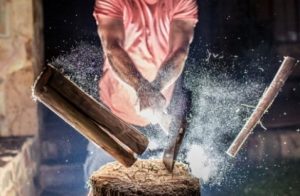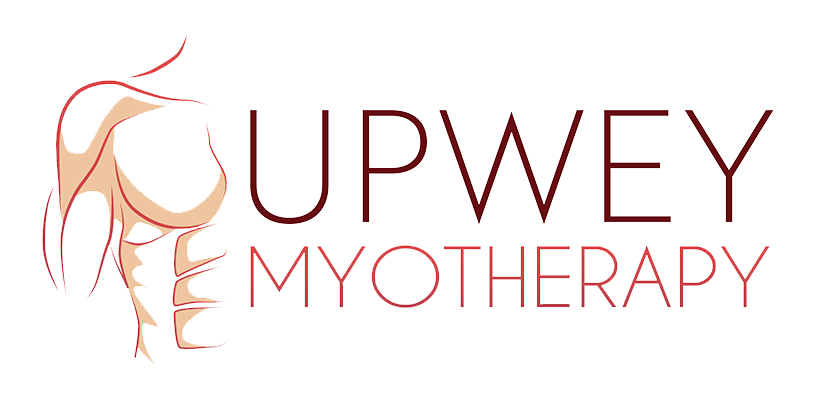Movement & Inferences of Self
In our daily lives’ movement allows us to interact with the world, we express who we are through valued occupations, the things we need to do and want to do. These valued occupations are vital to give us a sense of self coherence, where “habitualized notions of self” can continue to be expressed” (Thompson, 2019). Chronic pain can be a major challenge with how you interact with your environment and lead to a loss of self-coherence where the person feels they cannot do the things that are important in the world. This can lead to a self – discrepancy when a person feels the failure to fulfill ones hopes and responsibilities (Kwok 2016). A study in 2016 showed a close relationship between self-discrepancy and adjustments to chronic pain (Kwok 2016).
10 years ago, when I was suffering with pain and depression, I was withdrawing from life. Experiential avoidance was becoming my dominate behaviour, trying to protect myself from doing further harm. I couldn’t make sense of where I was at, why I was responding the way that I was responding. I was interacting with my world less and less, losing flexibility in life, losing contact with the things that made me, me. “Our perceptions are thought to reflect the utility of self within an environment” a so called ‘neuroeconomic’ vantage point” (Tabor 2015). Pain is a high-cost experience (Tabor 2015), with my internal models of pain equalling harm, moving less and protecting myself was a common sense approach. But I was developing a self-discrepancy (Kwok, 2016), where my past self the guy who was active playing sport, go wood chopping, intelligent, go fishing, gardening, I couldn’t clearly see anymore, and I was lost. I was now becoming my undesired self, weak and sick and I was creating my own hopelessness and stuck in a cycle of avoidance.
They day I decided to start using my body again, in spite of my pain, was the day I started to form a new self. Movement became a vehicle of change, where I was challenging my representations of who I was by doing valued occupations. In this time, I don’t think strength was a huge factor in the change in me, it was changing my relationship to who I was, that I was still strong, and I could do what I loved, I was not broken. I was creating more movement variability in my body, that it could do more and that I wasn’t in danger. We embody behaviours so just changing the way we think is not enough, we need to challenge embodied behaviours and it’s the doing that creates change. Changing the way we are sampling our environment, while continuously updating models of our world and our inferences of self.
When giving out movement-based strategies let’s explore with the person how their pain is affecting life, what are they doing less of? What are they doing more of? And why? What is the importance of these occupations to them? Let’s try to include more valued activities into their life, to build a bigger life around the pain of things that make them, them. It may not look exactly that same as what it was before, but if they can express values through these activities, they will be able to form new representations of self and hopefully make pain less of a problem. Movement is a great way to cultivate change in so many ways, lets increase
References
Thompson, Gage, Kirk, Living well with chronic pain: a classical grounded theory, Disability and rehabilitation, 2018
Kwok, Chan, Chen, Lo, The self in pain: the role of psychological inflexibility in chronic pain adjustment, Springer, 2016
Tabor, Catley, Gandevia, Thacker, Spence, Moseley, the close proximity of threat: Altered distance in perception in anticipation of pain, Frontiers in Psychology, 2015
